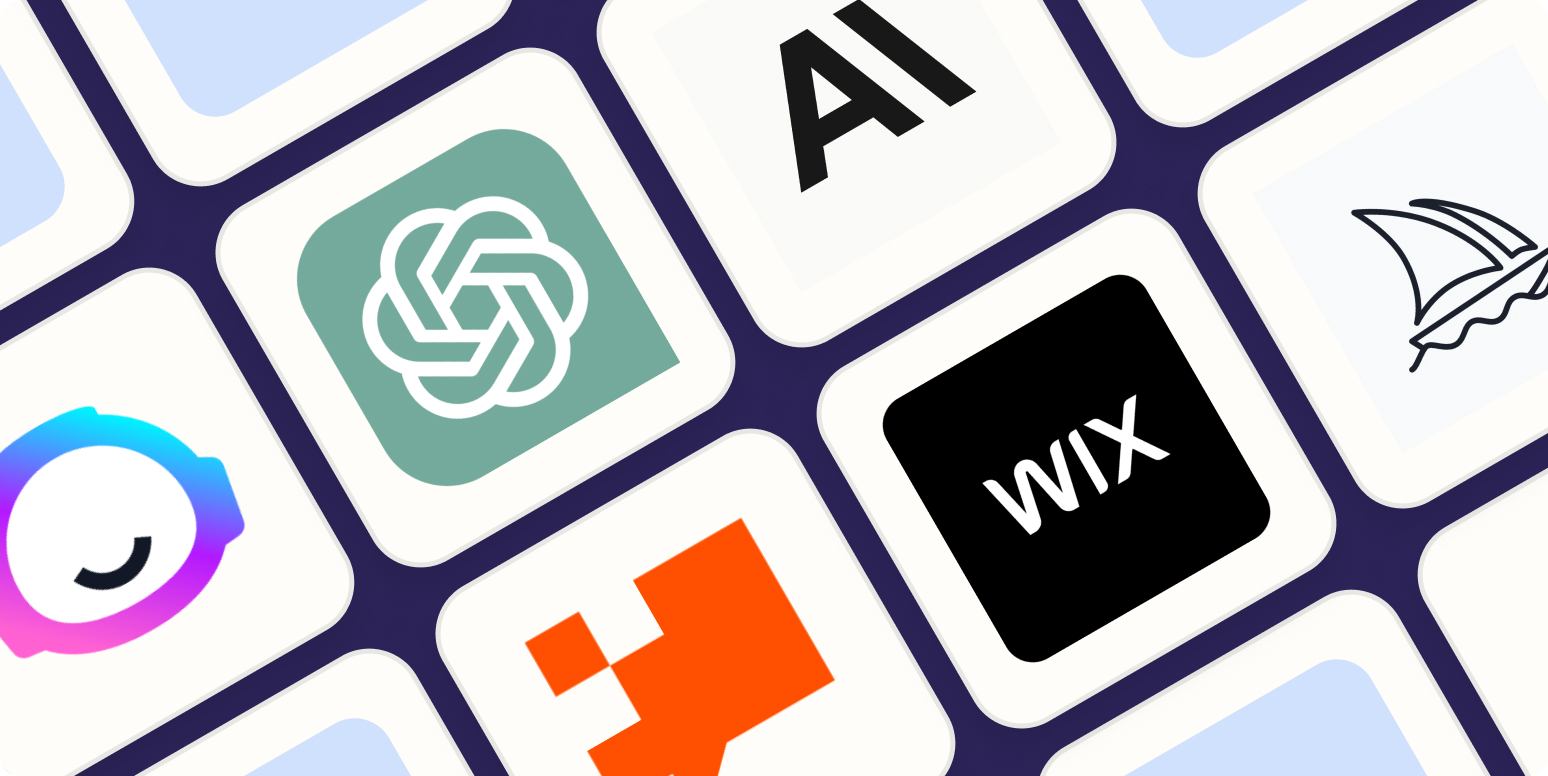In recent years, artificial intelligence (AI) has evolved from a niche technology into a central pillar of innovation across various industries. From automating mundane tasks to offering deep insights through data analysis, AI tools are transforming how we work, create, and interact. In this article, we’ll explore some of the most popular AI tools available today, their applications, and how they can enhance productivity and creativity.
What Are AI Tools?
AI tools refer to software applications that utilize machine learning, natural language processing, and other AI technologies to perform tasks that typically require human intelligence. These tools can range from simple chatbots to complex data analytics platforms and are Ai Tools designed to streamline processes, improve decision-making, and enhance user experiences.
Categories of AI Tools
1. Data Analysis and Visualization
- Tableau: An industry leader in data visualization, Tableau leverages AI to automate data preparation and provide predictive analytics. It allows users to create interactive and shareable dashboards, making data more accessible and understandable.
- Google Cloud AutoML: This suite of machine learning products enables developers with limited ML expertise to train high-quality models tailored to their business needs, enhancing data analysis capabilities.
2. Natural Language Processing (NLP)
- OpenAI’s ChatGPT: This conversational AI can generate human-like text responses, making it useful for customer service, content creation, and more. Its ability to understand context allows it to assist users in various applications, from drafting emails to generating creative content.
- Grammarly: An AI-powered writing assistant that not only checks for grammar and spelling but also offers style and tone suggestions. This tool is invaluable for writers looking to enhance their writing skills.
3. Automation Tools
- Zapier: This platform connects various apps and automates repetitive tasks without needing coding skills. By integrating AI, Zapier can intelligently route data and trigger actions based on user-defined workflows.
- UiPath: A leader in robotic process automation (RPA), UiPath utilizes AI to automate complex business processes, reducing errors and freeing up employee time for higher-value tasks.
4. Image and Video Processing
- Adobe Sensei: This AI engine enhances creative tools in Adobe’s suite, enabling features like content-aware fill, facial recognition, and automated tagging in images and videos.
- DeepArt: Using deep learning algorithms, DeepArt transforms photos into artworks in the style of famous artists. This tool showcases the intersection of AI and creativity.
5. AI in Marketing
- HubSpot: This marketing platform uses AI to optimize content delivery, analyze customer behavior, and personalize user experiences. It helps businesses understand their audience better and tailor campaigns accordingly.
- Marketo: An advanced marketing automation platform that employs AI to predict customer behaviors and deliver personalized marketing strategies, enhancing lead management and engagement.
Benefits of Using AI Tools
- Increased Efficiency: AI tools can handle repetitive tasks, allowing employees to focus on strategic initiatives. This leads to higher productivity and reduced operational costs.
- Improved Accuracy: By minimizing human error, AI tools can enhance the quality of work, whether it’s in data analysis, content creation, or customer service.
- Enhanced Decision-Making: AI tools provide actionable insights derived from data analysis, enabling better-informed decisions that can lead to improved business outcomes.
- Personalization: AI can analyze user behavior and preferences, allowing businesses to deliver tailored experiences that resonate with their audience.
Challenges and Considerations
Despite their numerous advantages, the integration of AI tools comes with challenges:
- Data Privacy: The use of AI often involves handling sensitive data, raising concerns about privacy and security. Organizations must ensure they comply with regulations and best practices.
- Bias and Fairness: AI algorithms can inadvertently perpetuate biases present in training data. It’s crucial for developers to prioritize fairness and transparency in AI applications.
- Integration: Incorporating AI tools into existing workflows can be complex. Organizations need to invest in training and change management to ensure successful adoption.
Conclusion
AI tools are reshaping the landscape of various industries, providing opportunities for innovation and efficiency. As technology continues to evolve, it’s essential for businesses and individuals to stay informed about the latest developments and consider how these tools can be leveraged for their specific needs. By embracing AI responsibly, we can unlock new potential and enhance our capabilities in the ever-changing digital world.


